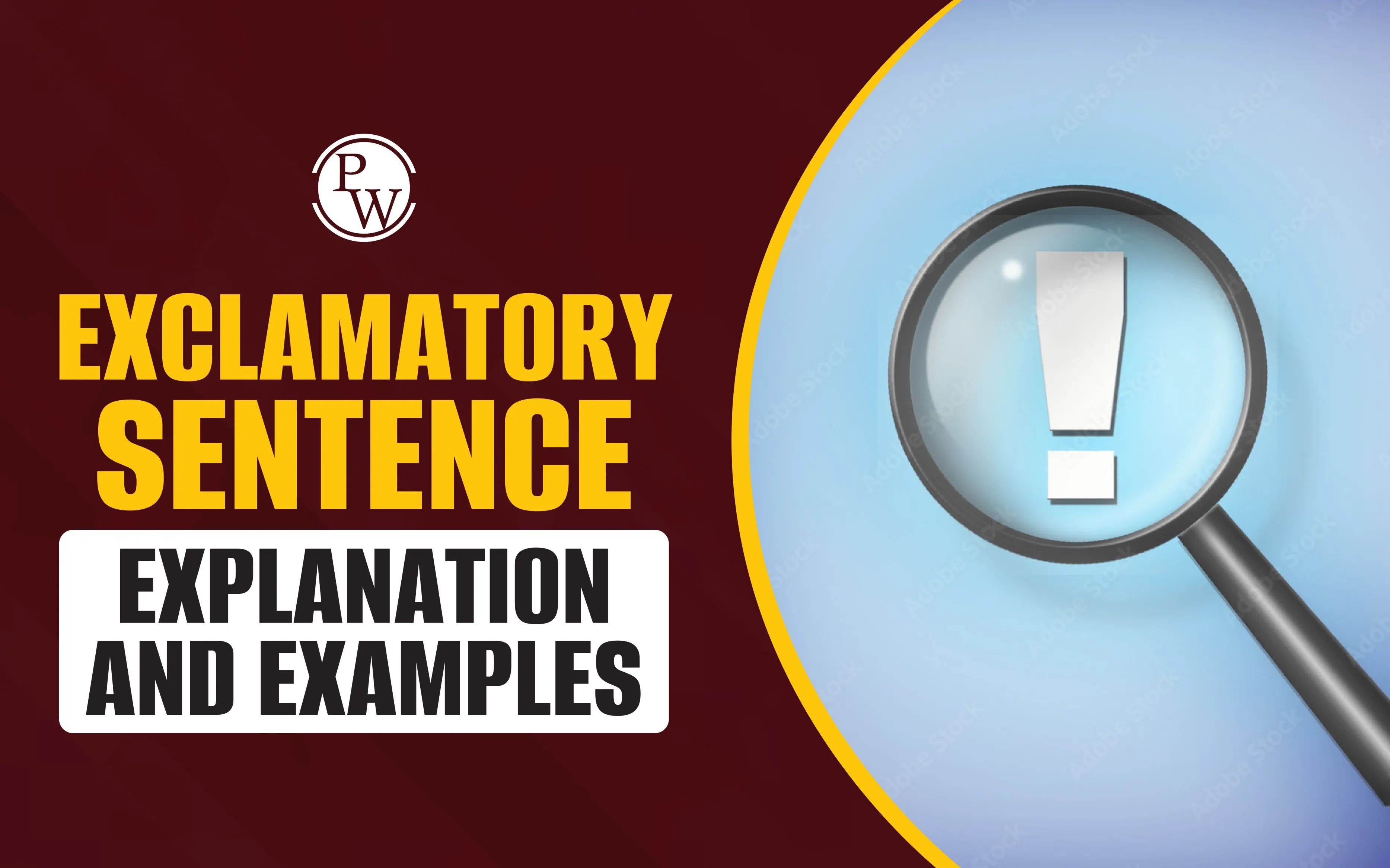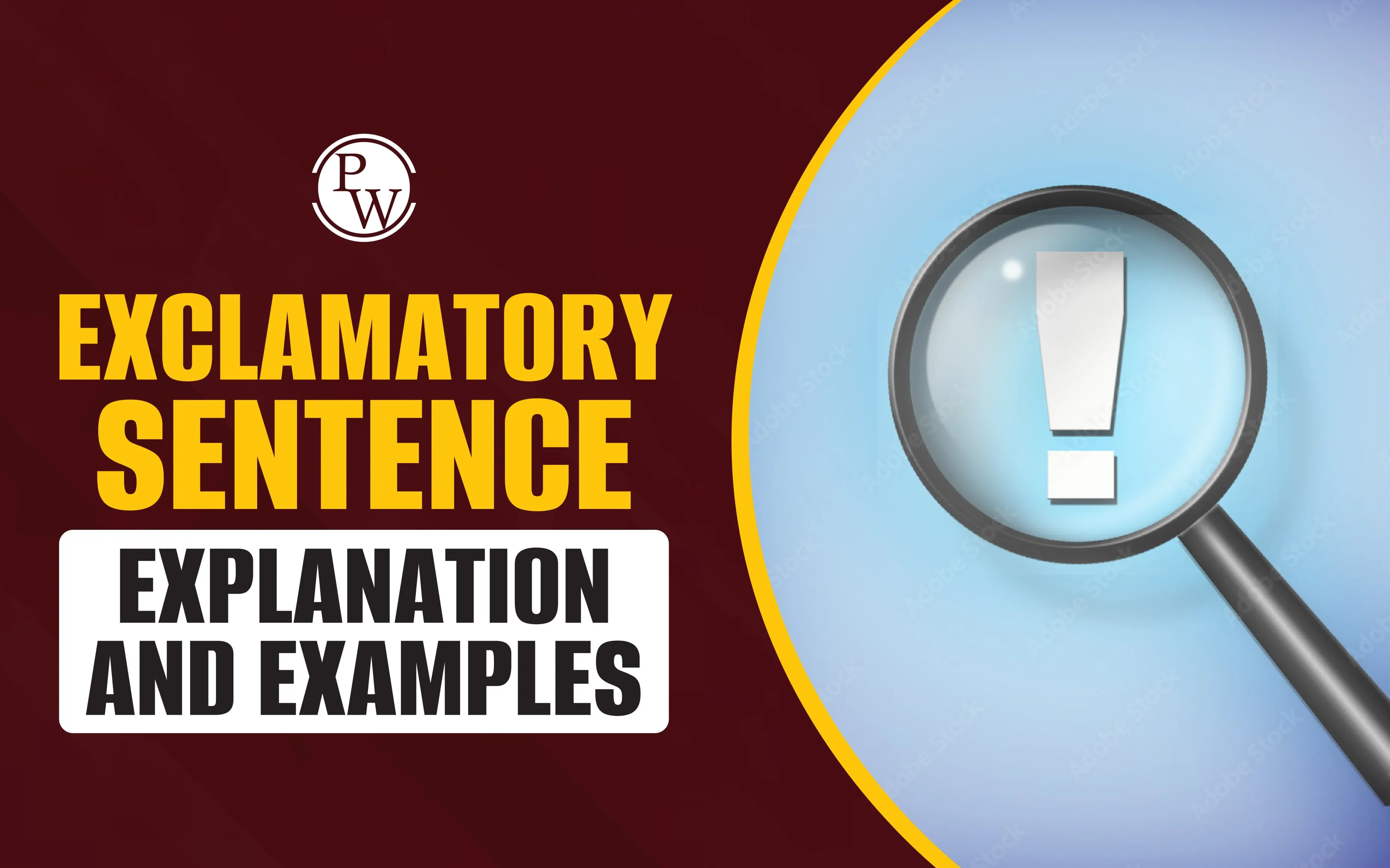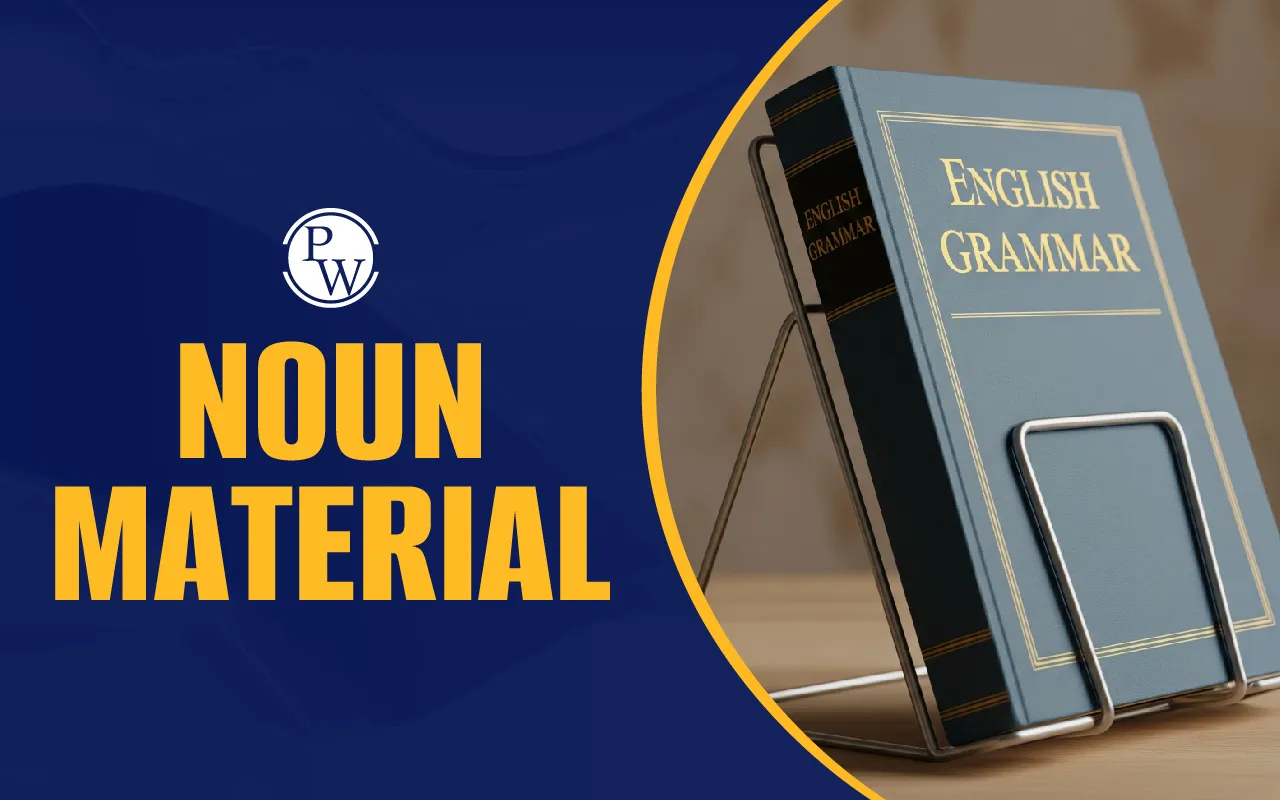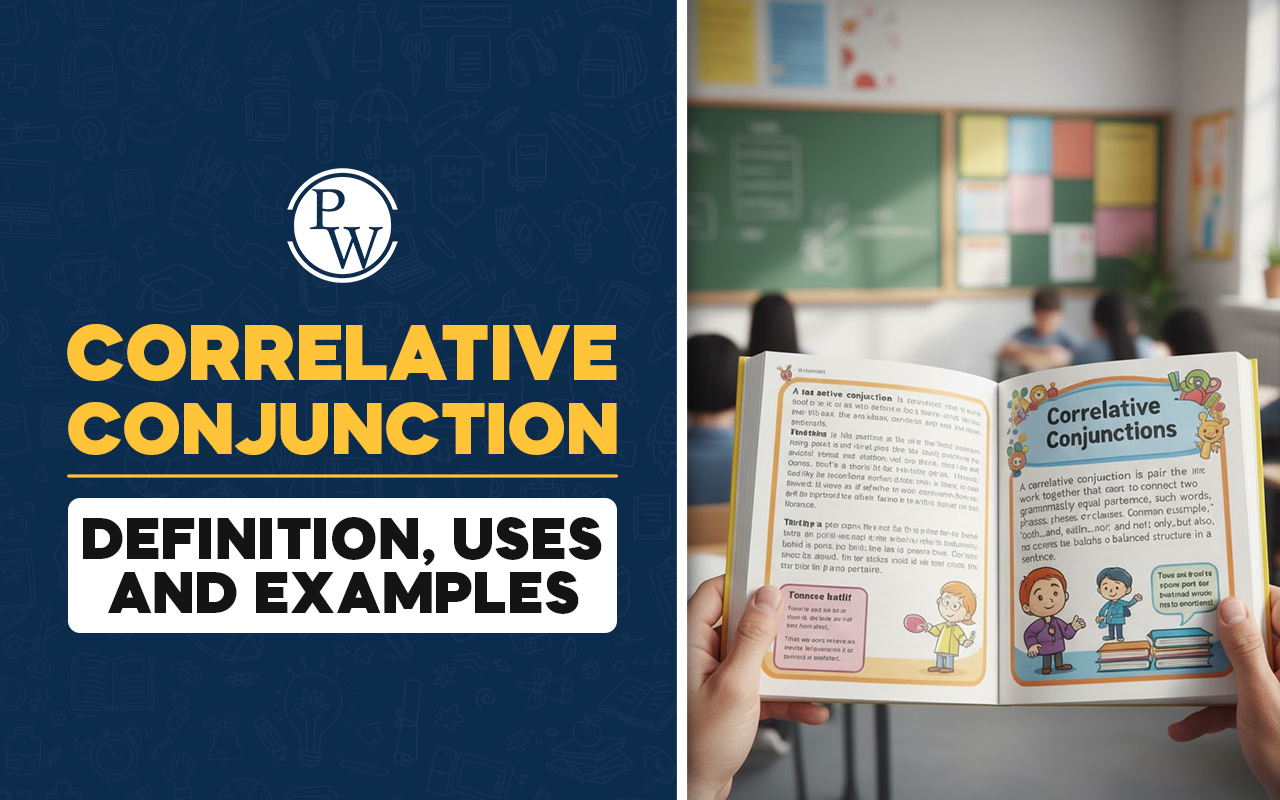

Exclamatory Sentences
Language is not only about stating facts or asking questions. Sometimes, we want to express strong emotions, whether it's joy, surprise, anger, or excitement. This is where the exclamatory sentence plays an important role. It brings life to our words and allows us to communicate feelings in a vivid and energetic way. Read this blog to understand exclamatory sentences in detail, along with examples.
Read More: Types of Sentences with Examples
What is Exclamatory Sentence?
An exclamatory sentence is a type of sentence used to express sudden feelings or heightened emotion. These feelings may include excitement, joy, anger, surprise, frustration, or delight.
The most noticeable feature of an exclamatory sentence is that it ends with an exclamation mark (!), which signals the emotional weight behind the message.
Unlike ordinary statements that simply share information, exclamatory sentences deliver the message with vivid emotion. This makes the expression more intense and impactful.
Exclamatory Sentence Definition
An exclamatory sentence is defined as “a sentence containing an exclamation or strong emphasis,” according to the Cambridge Dictionary.
The Merriam-Webster Dictionary explains exclamation as “a sharp or sudden utterance” or “a forceful expression of protest or complaint.” In short, an exclamatory sentence shows a sudden or strong feeling.
Examples:
-
What a beautiful day!
-
I can’t believe we won!
Structure of Exclamatory Sentences
Exclamatory sentences usually follow certain patterns that help clearly express sudden feelings or emotional reactions. Here are two common sentence forms:
1. Interjection + Sentence
This type of exclamatory sentence starts with a short word or phrase that shows emotion. These words are called interjections. Examples include Wow, Oh no, Yay, Oops, and Alas. The interjection is followed by a complete sentence. Both parts work together to show how the speaker feels.
Examples:
-
Wow, that was amazing! → (Wow shows surprise, the sentence gives the reason.)
-
Oh no, I missed the train! → (Oh no shows ‘worry or regret’)
2. ‘What’ or ‘How’ + Subject + Verb
These exclamatory sentences begin with What or How, followed by the subject and verb. They are used to describe someone or something in an emotional way.
Examples:
-
What a beautiful garden you have! → Emphasises how nice the garden is.
-
How kind you are! → Shows appreciation for someone’s kindness.
Why Do We Use Exclamatory Sentences?
Using exclamatory sentences adds emotional richness to your writing or speaking. Without them, language can sound flat and robotic. They are used for:
-
Surprise: “Oh! I didn’t expect that!”
-
Joy: “We won the game!”
-
Frustration: “I can’t believe this is happening!”
-
Admiration: “What a brilliant idea!”
Adding the right emotion makes communication more natural, relatable, and engaging.
Read now: Simple sentence
Exclamatory Sentence Examples
To thoroughly understand how exclamatory sentences work, let’s look at examples expressing various emotions.
Excitement:
-
“I can’t believe we finally made it!”
-
“Hooray! We’re going to Disneyland!”
Anger or Frustration:
-
“That’s absolutely ridiculous!”
-
“Why didn’t you tell me earlier?”
Admiration:
-
“What a stunning view this is!”
-
“How graceful she dances!”
Sadness:
-
“Oh, I missed him so much!”
-
“What a heartbreaking story!”
Surprise:
-
“No way! You got the job?”
-
“Wow, that was unexpected!”
Read more: Synonyms
Exclamatory Sentences vs Other Types
English has four main types of sentences: declarative, interrogative, imperative, and exclamatory. Let’s briefly compare them.
1. Declarative Sentences
These simply state a fact or opinion and end with a period.
-
“The sky is blue.”
-
“I like chocolate.”
2. Interrogative Sentences
These are questions and always end with a question mark.
-
“What time is it?”
-
“Did you finish your homework?”
3. Imperative Sentences
These give commands or requests, ending with a period or an exclamation mark.
-
“Close the door.”
-
“Stop shouting!”
4. Exclamatory Sentences
These express emotions and end with an exclamation mark.
-
“What a beautiful surprise!”
-
“Oh no, the cake is ruined!”
Read More: Affirmative Sentence
How to Use Exclamatory Sentences?
Exclamatory sentences bring emotion and energy into writing or speech. However, they work best when used thoughtfully. Keep the following points in mind:
Use Them to Express Emotion
Exclamatory sentences should reflect a real emotional response such as excitement, shock, fear, or frustration.
Example (appropriate): Oh no! We missed the flight.
Example (not appropriate): I have a new bag!
Use Sparingly
Too many exclamatory sentences can make writing feel exaggerated or childish. Reserve them for moments that truly call for emotional emphasis.
Example (not appropriate): I love pizza! It’s so good! Best thing ever!
Example (appropriate): I love pizza! It’s my favourite comfort food.
Limit to One Exclamation Mark
Using more than one exclamation mark in formal writing is not recommended. It can seem unprofessional or overly dramatic. Stick to a single exclamation point for clarity and impact.
Example: That was amazing! (Not: That was amazing!!!)
Match Tone When Speaking
In conversation, pair the exclamatory sentence with appropriate tone, facial expression, or gestures. This helps communicate the emotion more clearly and naturally.
Also read: Tense Chart
Make English Learning Simple and Engaging for Your Child with Curious Junior
Does your child often feel confused with English grammar or find it difficult to write clear answers in exams? These struggles can affect their academic scores and interest in learning. CuriousJr’s English Online Classes make learning smoother and more enjoyable for young students.
Our live classes are guided by certified teachers who explain each concept in a clear and child-friendly way. Every session is interactive, allowing your child to ask questions, practise regularly, and stay engaged throughout the lesson.
The program covers grammar, vocabulary, pronunciation, and writing skills. Lessons are tailored to your child’s level, making it easier to understand topics and use them correctly in schoolwork.
One-on-one teacher support helps your child make steady progress and feel more comfortable using English in daily life and exams. Book a demo class today to know more about our English Online Classes.













